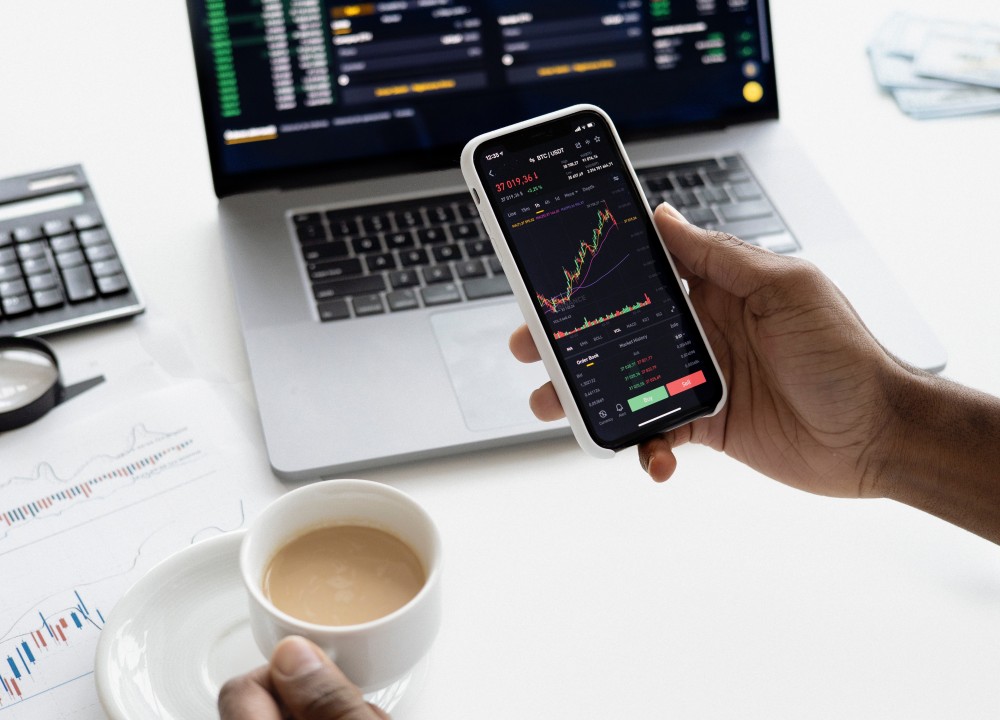Effectively tracking your expenses is a cornerstone of sound financial management. It provides insights into your spending habits, helps you stay within budget, and identifies opportunities for savings. Here’s a comprehensive guide on how to track your expenses like a pro.
1. Understand the Importance of Expense Tracking
Financial Awareness
Knowing where your money goes is the first step towards financial control.
- Identify Spending Patterns: Recognize which categories consume the most of your income.
- Budget Adherence: Ensure you stick to your budget by monitoring your expenses regularly.
- Financial Goals: Align your spending with your financial goals, such as saving for a house, retirement, or an emergency fund.
2. Choose the Right Tools
Digital Tools and Apps
Leverage technology to simplify expense tracking.
- Expense Tracking Apps: Apps like Mint, YNAB (You Need A Budget), and PocketGuard can automate and categorize your expenses.
- Spreadsheets: Google Sheets and Excel provide customizable options for manual tracking.
- Banking Apps: Many banks offer built-in expense tracking features in their apps.
3. Set Up Categories
Customized Expense Categories
Categorize your expenses to get a detailed view of your spending habits.
- Essential Categories: Housing, utilities, groceries, transportation, healthcare, debt repayments.
- Non-Essential Categories: Entertainment, dining out, hobbies, travel, subscriptions.
- Savings and Investments: Separate categories for emergency funds, retirement accounts, and other savings goals.
4. Automate Where Possible
Simplify Tracking
Automating your expense tracking can save time and reduce errors.
- Link Bank Accounts: Connect your bank accounts and credit cards to expense tracking apps for automatic updates.
- Recurring Expenses: Set up automatic payments and categorize recurring expenses automatically.
5. Record Every Expense
Consistency is Key
For expense tracking to be effective, it must be comprehensive.
- Save Receipts: Keep all receipts, especially for cash transactions, and record them as soon as possible.
- Daily Logging: Make it a habit to log your expenses daily to prevent backlog and errors.
- Cash vs. Card: Track both cash and card expenses to get a full picture of your spending.
6. Review Regularly
Analyze Your Spending
Regular reviews help you stay on track and adjust your spending habits.
- Weekly Reviews: Check your weekly expenses to catch any overspending early.
- Monthly Reviews: Analyze your monthly spending to see how it aligns with your budget and financial goals.
- Annual Reviews: Look at your yearly expenses to understand long-term trends and make necessary adjustments.
7. Adjust Your Budget
Make Data-Driven Decisions
Use the insights from your expense tracking to refine your budget.
- Identify Problem Areas: Find categories where you consistently overspend and look for ways to cut back.
- Reallocate Funds: Shift money from overfunded categories to underfunded ones to better meet your financial goals.
- Set Limits: Establish spending limits for discretionary categories to prevent impulse buying.
8. Stay Disciplined
Maintain Good Habits
Consistency and discipline are crucial for successful expense tracking.
- Routine: Make expense tracking part of your daily routine.
- Accountability: Share your goals and progress with a partner or friend to stay accountable.
- Motivation: Remind yourself of your financial goals to stay motivated and disciplined.
9. Use Visual Aids
Graphs and Charts
Visual representations can make your expense data more understandable and actionable.
- Pie Charts: Show the distribution of your expenses across different categories.
- Bar Graphs: Compare your spending over different months or years.
- Trends: Identify trends and patterns in your spending habits.
10. Seek Professional Help
Financial Advisors
If you’re struggling with expense tracking or financial planning, consider consulting a professional.
- Personalized Advice: Get tailored advice to optimize your budget and spending.
- Advanced Tools: Access advanced tools and resources that professionals use for tracking and planning.
Conclusion
Tracking your expenses like a pro requires the right tools, consistency, and regular reviews. By understanding your spending habits, setting up detailed categories, automating where possible, and reviewing your expenses regularly, you can take control of your finances. Stay disciplined, use visual aids to analyze your spending, and seek professional help if needed. This comprehensive approach will help you manage your money more effectively and achieve your financial goals.










